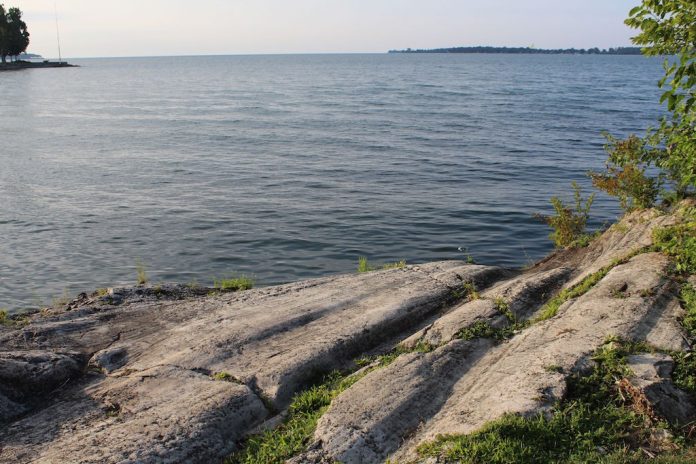SALEM, Ohio — It looks like the $30 million set aside for farmers’ conservation efforts this year through the H2Ohio initiative is shrinking, following unexpectedly high sign-up numbers and budget issues from the COVID-19 pandemic.
In a statement released today, Dorothy Pelanda, Ohio Department of Agriculture director, said nearly 2,000 farmers submitted applications to enroll more than 1.1 million acres in the program in the Maumee River Watershed.
Additionally, in response to the COVID-19 pandemic, Gov. Mike DeWine ordered state agencies, March 23, to cut spending up to 20% for the rest of this fiscal year and the next. So, the ODA is considering making adjustments to its budget for the H2Ohio program.
“The economic impact of the COVID-19 pandemic has caused a necessary reevaluation of ODA’s budget for the H2Ohio Initiative,” Pelanda said.
The statement did not specify how much of the original funding would still be available after the budget reevaluation. The ODA said it would communicate with farmers on the status of H2Ohio once it had more details.
This April 7 announcement comes just over a week after the ODA walked back a deadline extension for farmers to apply for H2Ohio funding. The administration said March 18 that it would extend the deadline to June 2, in response to COVID-19 concerns.
Then, March 30, it announced that the deadline would be moved back to its original date, March 31. The ODA called the second deadline change an effort to preserve resources for the program.
In July 2019, the general assembly set aside $172 million to fund the initiative over two years.
Of that, $30 million was set to offer funding for farmers in the Maumee River Watershed to improve their conservation efforts this year.
While funding was limited to farmers in that watershed for 2020, it was expected to later expand into other parts of the state. The rest of the budget for this year was planned to be used for wetlands created and improving water quality by addressing failing septic systems and preventing lead contamination.










